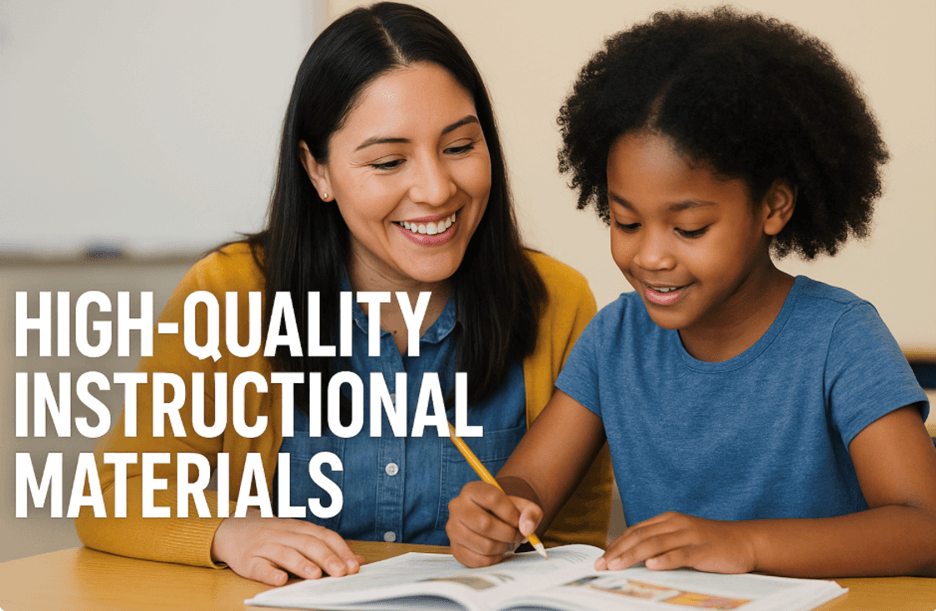
Advice from Down Under: The Sunday Night Struggle in Australia That Teachers Experience in All Countries
It’s Sunday night in Melbourne. The weekend is nearly over, but one Year 5 teacher sits at her kitchen table surrounded by papers, colored pens, and a glowing laptop. The television hums in the background, though she isn’t watching, as she wonders how to effectively engage her class in the upcoming writing workshop. Her browser has half a dozen tabs open: a Pinterest board of writing prompts, a Teachers Pay Teachers worksheet on persuasive essays, a tutorial on lesson planning, and a NAPLAN practice booklet she downloaded from a colleague, all of which require extensive reading.
She sighs and mutters: “I just need something that will work tomorrow. Why is teaching writing always this hard to plan?”
This scene isn’t unusual. Teachers in every country know it well. Writing is high-stakes, especially in Australia, where students face the NAPLAN (National Assessment Program – Literacy and Numeracy). NAPLAN is a national standardized test given to students in Years 3, 5, 7, and 9, designed to measure core reading, writing, spelling, grammar, and math skills.
For Australian teachers, the writing component of NAPLAN is particularly stressful. Students are asked to produce a whole piece of writing, often persuasive or narrative, within a strict time limit. The results are reported nationally, compared across states, and scrutinized by parents and policymakers. In other words, teachers feel the weight of those essays.
If you’re reading from outside Australia, think of NAPLAN as Australia’s equivalent to the U.S. state assessments aligned to the Common Core (like the Smarter Balanced or PARCC tests), or to Canada’s provincial assessments, such as Ontario’s EQAO writing assessment. All of these are large-scale measures where writing is tested for accuracy, structure, clarity, and adherence to genre expectations.
The challenge is the same across countries: teachers know writing matters, but too often they lack high-quality, ready-to-use instructional resources. And so, Sunday night turns into another round of lesson cobbling, a patchwork of worksheets, websites, and wishful thinking.
The result? Burnout for teachers and inconsistent instruction for students.
What Improvising Taught Us, and How SRSD Brings It to Writing Instruction
Education writer Robert Pondiscio captured this dilemma in his essay Three Good Reasons Teachers Shouldn’t DIY Their Lessons. He argues that designing curriculum is a specialist task, not something individual teachers should do alone, after hours, in isolation.
This isn’t a new idea. Decades ago, Siegfried Engelmann made the same case. Through Direct Instruction (DI) and the groundbreaking Project Follow Through, Engelmann demonstrated that effective teaching depends on engineered, tested, and refined lessons.
Today, Self-Regulated Strategy Development (SRSD) takes Engelmann’s design logic and applies it directly to writing. It gives teachers structured, evidence-based routines so writing is no longer guesswork, for them or their students.
Engelmann’s Design Principles
Engelmann wasn’t a philosopher dreaming up theories; he was a designer and problem-solver. He treated teaching the way an engineer treats building a bridge: with precision, sequencing, and testing.
Here are the principles he lived by:
Faultless Communication: Engelmann believed that if students didn’t learn something, it wasn’t their fault; it was the design of the lesson, emphasizing the importance of learning through faultless communication. Every instruction had to be clear, direct, and unambiguous.
Carefully Sequenced Lessons: Each skill needed to build logically on the last. Engelmann designed programs like staircases: no skipped steps, no leaps too wide.
Repetition and Mastery: Exposure wasn’t enough. Students had to practice until a skill became fluent. As Engelmann put it, “If they don’t remember it, they haven’t learned it.”
Explicit Materials for Teachers and Students: Teachers and children couldn’t improvise. Engelmann provided scripts, examples, and guided responses for various activities. Students worked through scaffolded tasks that gradually faded support.
Evidence Over Ideology: The real clincher was Project Follow Through. In the largest education study ever conducted, DI consistently outperformed other approaches, especially for disadvantaged learners.
The lesson is timeless: teaching works best when instruction is intentionally designed, not patched together.
Why Teachers Shouldn’t DIY Writing Lessons
So why are teachers still expected to DIY writing lessons in 2025?
Lack of Training: Many Australian teachers report little formal preparation in writing pedagogy. A Year 6 teacher in Sydney told us: “I know how to mark essays, but no one ever trained me in the skills needed to teach students to actually write them.”
Overloaded Workloads: The Grattan Institute found that 90% of teachers don’t have enough prep time, with many spending six to ten hours each week just creating materials. Another NSW workload audit revealed that teachers are buried under administrative work, leaving less planning time.
High-Stakes Assessments: With NAPLAN writing and testing student ability nationwide, pressure is immense. One Brisbane teacher said, “Parents ask me in March how I’m preparing their child for NAPLAN. But with what materials? I end up making my own, and I’m never sure it’s enough.”
Complexity of Writing: Writing isn’t just about spelling or grammar. It involves planning, organizing ideas, sustaining motivation, revising drafts, and applying genre knowledge. Expecting teachers to improvise this, much like some parents might in a homeschool setting, is like asking surgeons to invent their own procedures for each operation.
When you add it all up, the DIY approach is inefficient and inequitable. Teachers lose time and energy, and students lose access to consistent, evidence-based instruction.
How SRSD Parallels Engelmann
This is where SRSD comes in. Developed by Karen Harris and Steve Graham, SRSD mirrors Engelmann’s design logic but applies it specifically to writing.
Explicitness: Like Engelmann’s DI, SRSD emphasizes explicit instruction with gradual release. Teachers model strategies through think-alouds and self-talk before asking students to try them. This echoes Rosenshine’s Principles of Instruction.
Packaged Materials: SRSD Online provides teacher scripts, lesson plans, and student-friendly materials, helping teachers craft more effective writing lessons. Teachers aren’t left reinventing the wheel.
Repetition and Mastery: Mnemonics like TREE (opinion), TIDE (informative), and C-SPACE (narrative) are rehearsed until fluent.
Positive and Negative Examples: Teachers share model essays and weak drafts, analyzing what’s present and missing, just as Engelmann used examples and non-examples.
Evidence-Based: With more than 40 years of research and multiple meta-analyses, SRSD consistently shows large positive effects on writing quality, motivation, and self-efficacy.
In short, SRSD is to writing what Engelmann’s DI was to reading and math: engineered, explicit, and effective.
Hypothetical Case Example
Let’s compare two teachers.
Teacher A: The DIY Approach
Every week, Teacher A searches online for new writing tasks. She prints off worksheets, tries to weave in NAPLAN-style prompts, and spends Sunday night writing her own “lesson outline.” In class, she feels uncertain. Students write, but their essays vary widely in quality.
At lunch with colleagues, she sighs: “I wish I had a program I could rely on. I’m tired of guessing.”
Teacher B: The SRSD Approach
Teacher B logs into SRSD Online. She opens the Year 5 opinion writing sequence, which includes a scripted think-aloud, a student handout with the TREE mnemonic, and a model essay to enhance writing skills. On Monday morning, she teaches confidently.
She tells her students, “Writers don’t just start writing; they plan. Watch me use TREE: Topic sentence, Reasons, Explanations, Ending.” Students repeat the mnemonic, practice it orally, and then apply it to their own essays.
By the end of the term, she reflects: “I’m not working harder than before. But my students are writing better. And I’m not exhausted every Sunday night.”
The difference isn’t effort. Its design.
Conclusion
Engelmann taught us that effective instruction is engineered, not improvised. Whether in traditional schools or homeschool settings, teachers shouldn’t be left to design their own writing class lessons in isolation. SRSD takes Engelmann’s philosophy and applies it to writing, delivering structured, evidence-based routines that reduce workload, increase consistency, and lift student achievement.
But SRSD doesn’t stop there. In the next blog, we’ll explore how SRSD extends and modernizes Engelmann’s vision, giving teachers autonomy, flexibility, and sustainability for the realities of 2025 classrooms.

About the Author
Randy Barth is CEO of SRSD Online, which innovates evidence-based writing instruction grounded in the Science of Writing for educators. Randy is dedicated to preserving the legacies of SRSD creator Karen Harris and renowned writing researcher Steve Graham to make SRSD a standard practice in today’s classrooms. For more information on SRSD, schedule a risk-free consultation with Randy using this link: Schedule a time to talk SRSD.






















